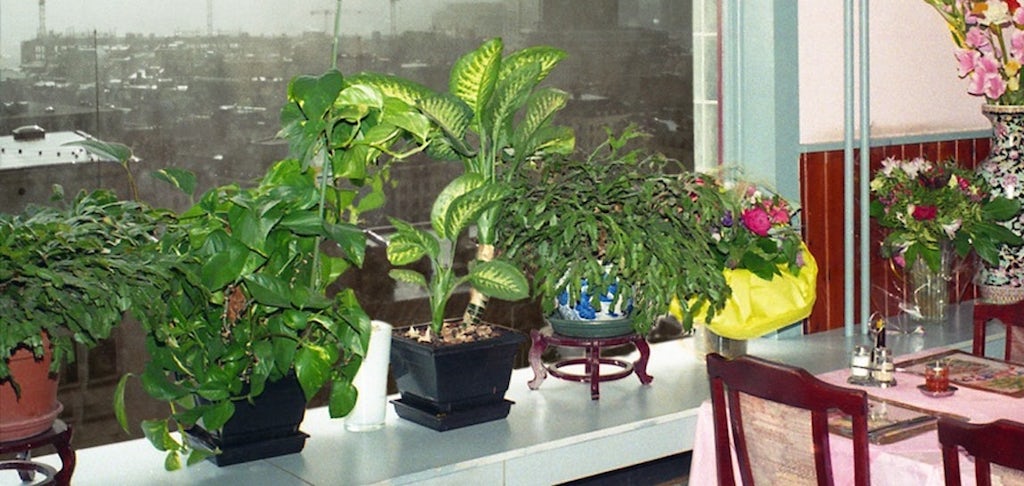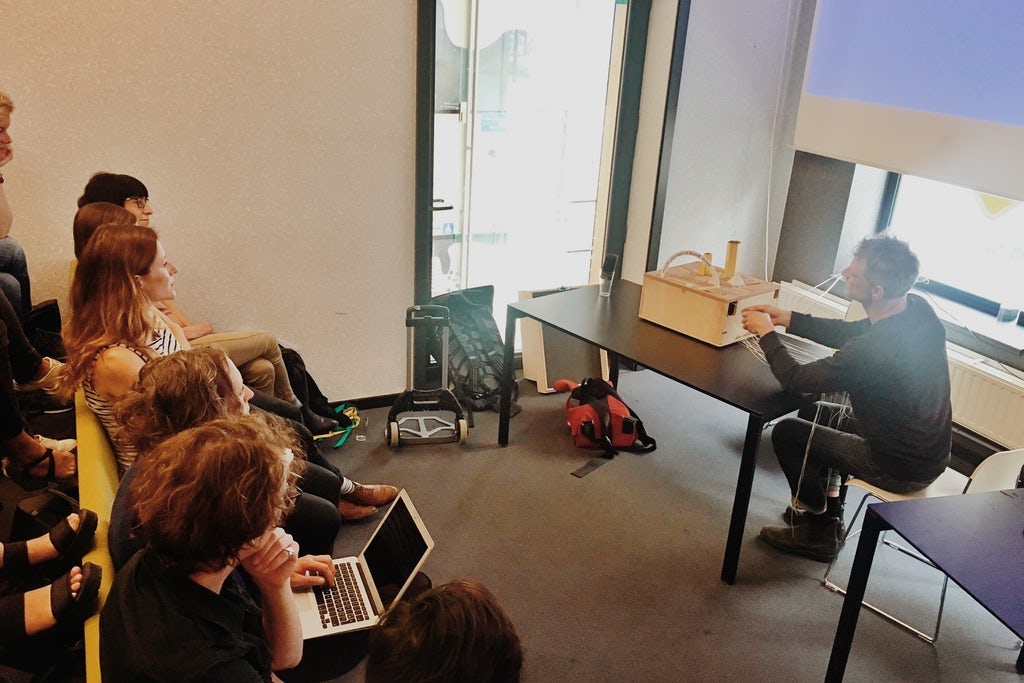
Personal statement on the international #5: Defining the contours of your work

Dit artikel is enkel beschikbaar in het Engels.
In the past I did a lot of projects in the public space, often bigger projects for lots of people. After about 15 years I felt that these kinds of projects no longer made sense. I had the feeling that I couldn’t scream louder than the billboards that screamed around me. So I decided to go in another direction, i.e. as small as possible. That way you can infect or infiltrate the public space. I developed a number of miniature theatres that I can take with me in a box on the train or on my bike. I play these shows everywhere, both in more institutional contexts and in the so-called public space. When you travel from place to place internationally, you discover a lot, but there is also a whole world to discover in the city of Antwerp. Next year I am planning a world tour in Antwerp, and I will try to play in as many different places in Antwerp as possible.
We don’t have to go along with the idea of a growth-driven economy – this idea that we always need to expand, that it always has to be better, that we must always go further…
Once I invited my youngest daughter to my studio to see what I was making. ’I don’t think that what you’re making is all that interesting’, she said. I then decided to share my making process and to work for six months in my daughter’s primary school. I had my studio in the school, and I had a plan. I had seen a fragment on YouTube in which the economist Milton Friedman uses a pencil to explain the free market: the graphite comes from South Africa, the wood from the US, the aluminium from China, the paint from India, and so on. Literally thousands of people have to collaborate to create this pencil. People who do not know each other and who do not have the same language or religion. No one is telling them what to do; this is done by the magic of pricing. When we go down to the store and buy this pencil, we foster harmony and world peace, as Friedman put it. I wanted to take the opposite direction: to deconstruct the pencil and to bring it back to where it came from. It became a project about geography, the economy, etc. It resulted in a project that no one else saw, except for the people in the school: an installation in which the children played for a few weeks.
Once we were invited to do a show in Estonia. I decided to invest the entire budget for the project in travelling by train with the whole team. Are subsidies not meant to sustain economically uninteresting practices? If you travel by train to Estonia, the budget increases enormously: it takes three days, so you also have to pay people for those days. It became an artistic project in itself.

It was an opportunity for me to work with Toneelhuis, as there was a budget. Before, I was working from the margins. I wanted to see if I could do this kind of work in the centre: discussing my work and points of view in a city theatre is already an attempt to reshape the system … However, the impact is minor and I find that painful, that it is seen as an individual engagement, an individual choice, an individual responsibility.
I don’t want to be a moral crusader for the green cause and I’m not saying that everyone should suddenly start making things in cardboard, but that doesn’t mean that we shouldn’t be a lot more radical. We don’t have to go along with the idea of a growth-driven economy – this idea that we always need to expand, that it always has to be better, that we must always go further…
To end on a hopeful note: I know very few artists who do things just like that. That makes me think that it surely can’t be impossible to expand that to the way in which you organise your work? And to indicate the contours within which you want to make your work? And then there are also arrangements that you should be able to make with your organisation? The strength of an artwork lies by extension also in the practice, the way in which the artwork comes into being and exists.





